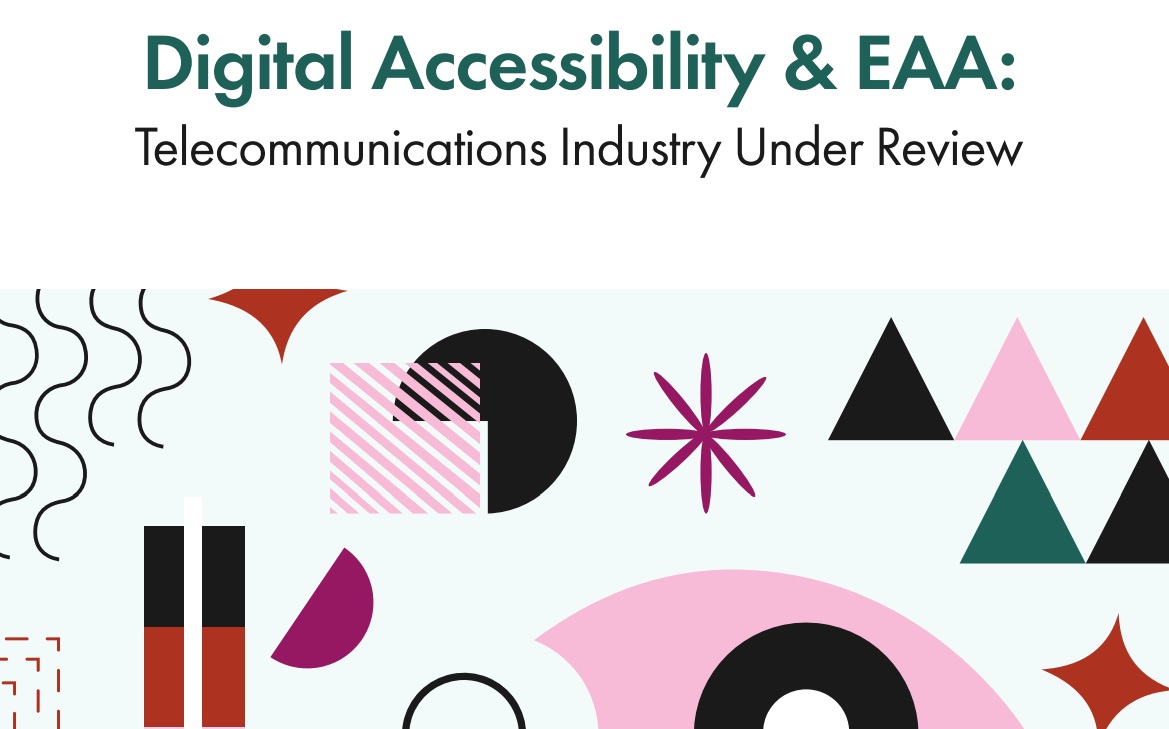The report "has revealed gaps in the digital accessibility of leading telecom companies in the Baltic region," TestDevLab claims.
The study evaluated the websites of the region's major telecom operators – LMT, Tele2, Bite, and Telia – and found that for people with disabilities, accessing telecom operator services independently can be challenging.
"Having an accessible website is crucial for telecom operators, who are the backbone of digital communication, connecting people to essential services and each other. Ensuring accessibility will become particularly important with the European Accessibility Act set to come into force in June 2025," says the report.
The new directive, which mandates digital accessibility across the EU, aims to ensure that all citizens, including those with disabilities, have equal access to online services, apps, and websites. EU member states will determine non-compliance penalties, which can reach up to €1,000,000 in some countries.
The report used the POUR principle and analyzed the selected websites' perceivability, operability, understandability, and robustness. The results show that although telcos have made an effort to make their websites accessible, there is still a significant gap to bridge before achieving fully inclusive products.
"Our report shows that Baltic telecom providers, while making efforts towards digital accessibility, don't fully meet EAA standards. We see that operators have begun addressing this issue, demonstrating their awareness and commitment. Now, with the EAA coming into force in less than a year, these companies may want to accelerate their efforts," said Elīna Šiškeviča, Accessibility Testing Department Lead at TestDevLab.
The companies achieved the best results in understandability – 8.5% of all accessibility errors were related to this measurement. Meanwhile, 19.9 % of errors were related to robustness and 28.8% – to operability. The biggest stumbling block was perceivability, accounting for 42.9% of all accessibility mistakes.
The main issues identified were inadequate color contrast, missing alternative text for images, and difficulties with keyboard navigation. These are critical obstacles that prevent users with disabilities from accessing essential information and completing key tasks to access companies' services. The report also stressed the importance of regular accessibility audits and continuous improvements.
The study aims to draw attention to the topic of digital accessibility in Europe. A study from 2024 found that 95.9% of websites globally, including in Europe, are not compliant with the Web Content Accessibility Guidelines (WCAG). These guidelines will be the foundations for the European Accessibility Act, which European businesses are currently unprepared for.
The independent evaluation was conducted by CPACC-certified experts who assessed the websites of these companies against WCAG 2.1 Level AA recommendations.
The full report is available here (please note: some details are required for download).



























